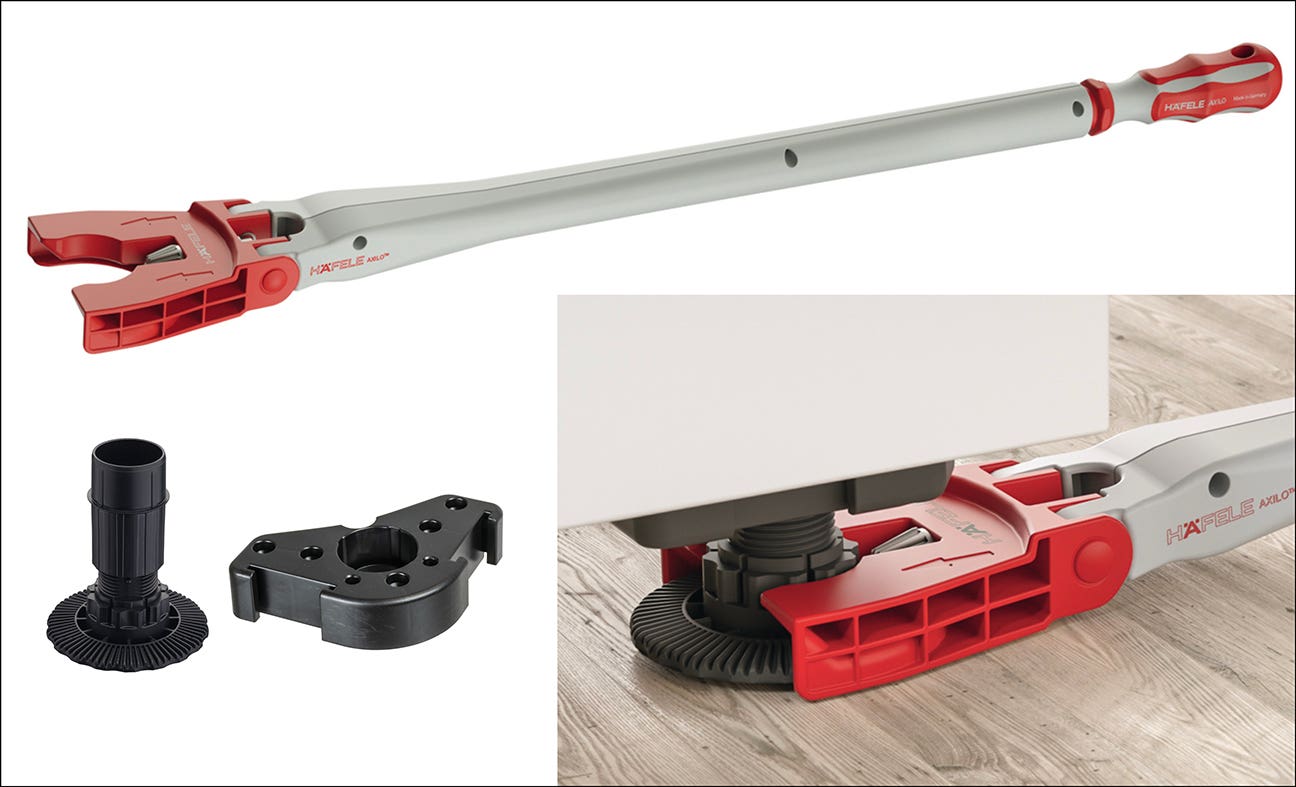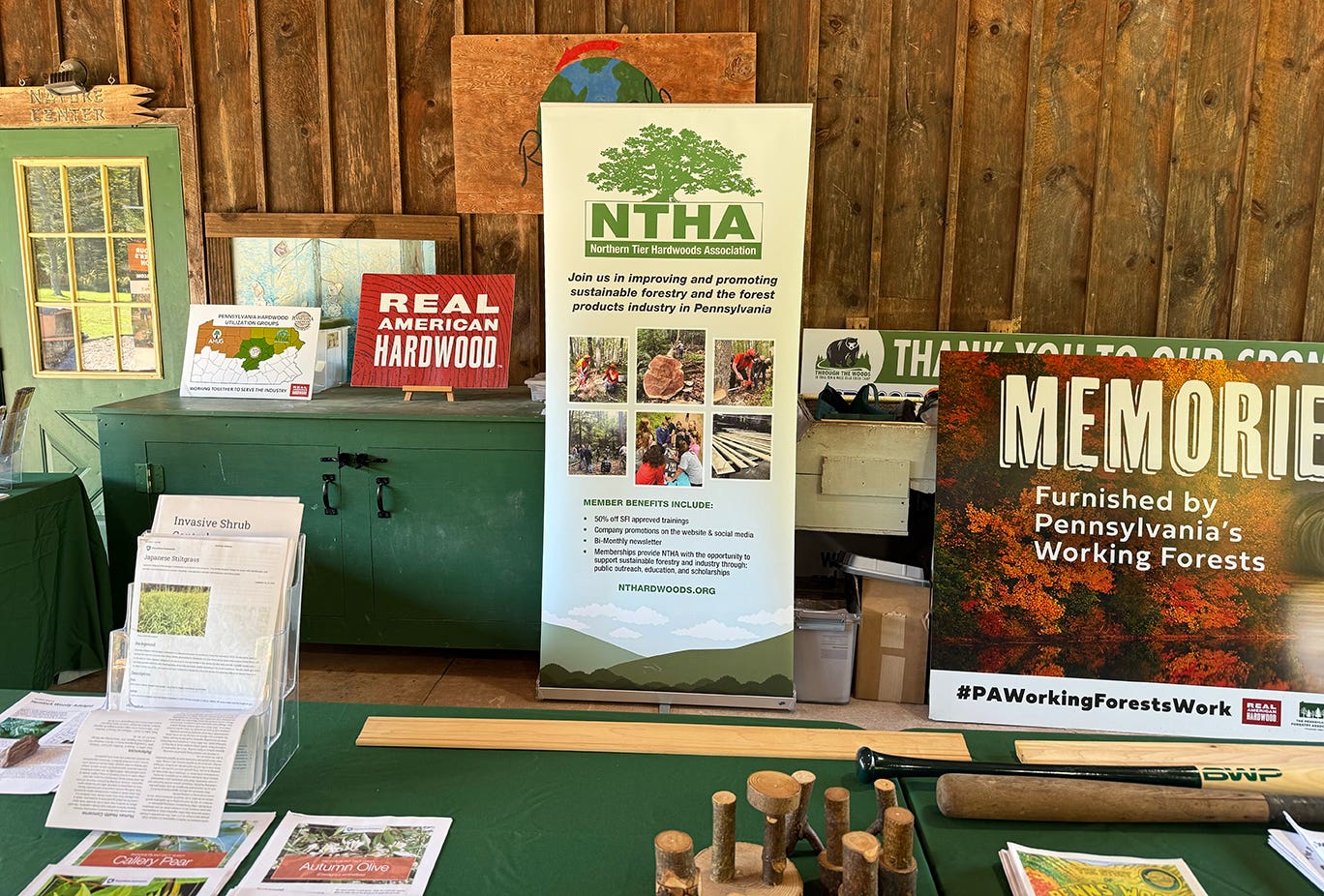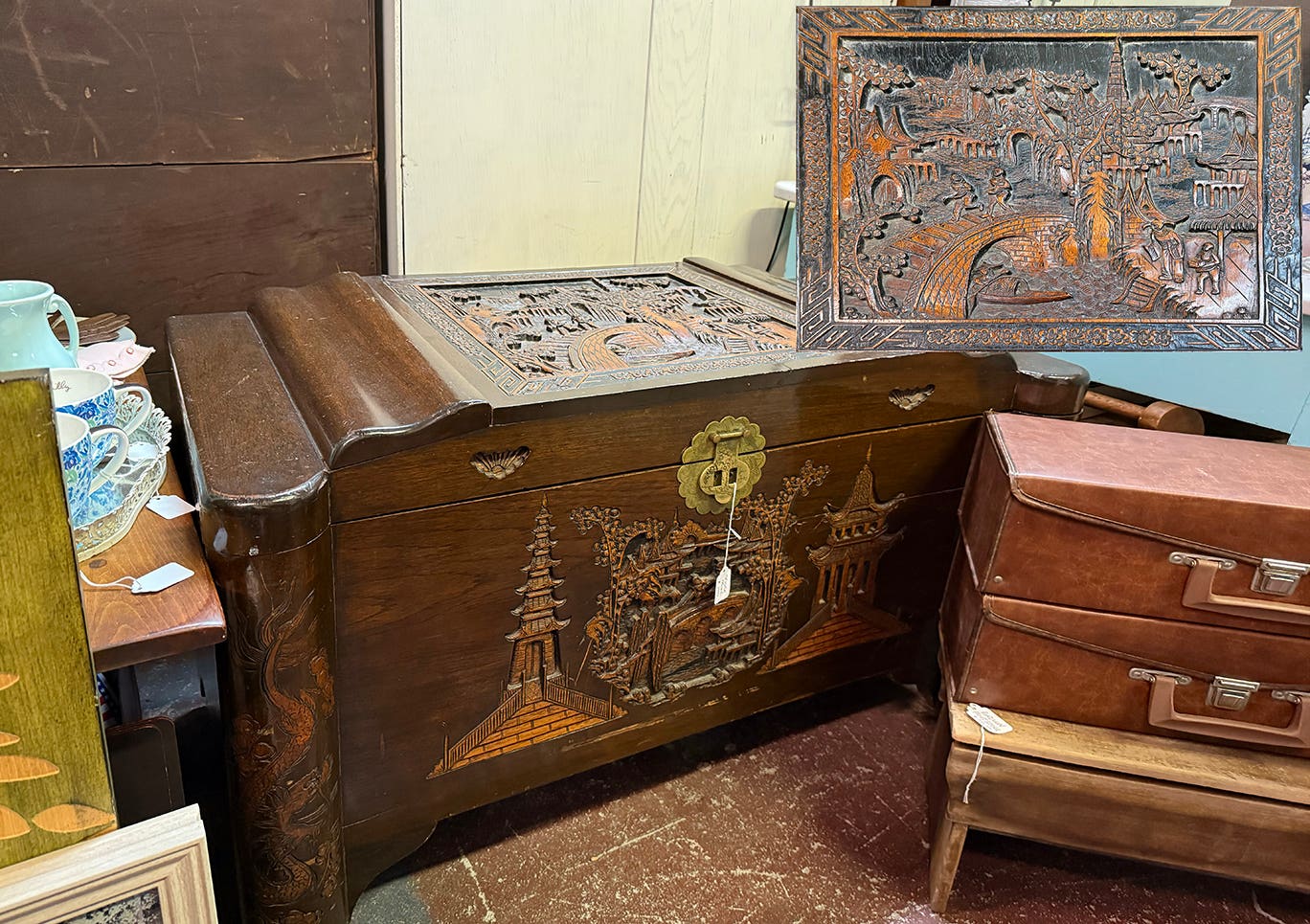According to my calculations
Measure twice; cut once. Good advice, but it leaves out an important part: Do the math.
Measure twice; cut once. Good advice, but it leaves out an important part: Do the math.
Math was always a good subject for me in school, and I typically got A’s in it. Sudoku bores me, because it’s just simple math. And for some reason I’ve always been able to count a bunch of stuff just by glancing at it. For example, with a single quick look at a small bowl of apples I can, assuming they’re all visible, tell you how many there are without actually counting them. Nice party trick.
But here’s the thing: I’m lazy and often don’t pay attention to numbers I come up with. I also tend to pop a number into my head, whether the number has any connection to reality or not, and just go with it. Not a problem if the number is correct, but if not…
This can be disastrous in the shop. Let’s say I want to add 5" and 7". Easy-peasy with my brain turned on: the answer is 12". But if I’m not paying attention I can far too easily add 5" and 7" and come up with 2". You see, floating around somewhere in what passes for my brain is the fact that 5+2=7, and I can mathematically transpose the equation and grasp 2" as the number I’m looking for. Kind of like a mathematical dyslexia. But the issue is that I don’t question it. I’m satisfied with 2" and go with it. Everything that follows based on that incorrect math ends up wrong, of course.
Sure, that’s a drastic example above – what sane person can mistake 12” for 2”? (Please, don’t answer this.) But the fact is that I do this often enough when I’m not paying attention that I try not to do math in my head.
Seriously. Whether it’s balancing the checkbook or laying out cut lines and dimensions in the woodshop, I use a calculator whenever possible. Other times while working, I’ll write the equation out on the back of a piece of scrap to visualize it. Then I’ll do the math again, just in case I wasn’t paying attention the first time.
Fortunately, since this is a personal shortcoming I know about, I almost always take steps to avoid it happening and things go pretty smoothly in the shop. Needless to say, however, those steps mean nothing if I’ve only measured once.
A.J. Hamler is the former editor of Woodshop News and Woodcraft Magazine. He's currently a freelance woodworking writer/editor, which is another way of stating self-employed. When he's not writing or in the shop, he enjoys science fiction, gourmet cooking and Civil War reenacting, but not at the same time.







